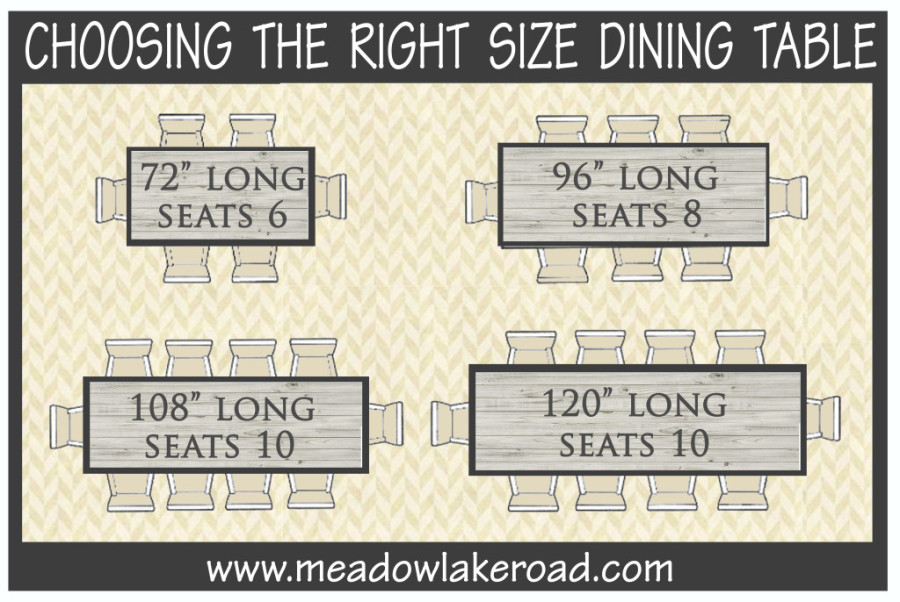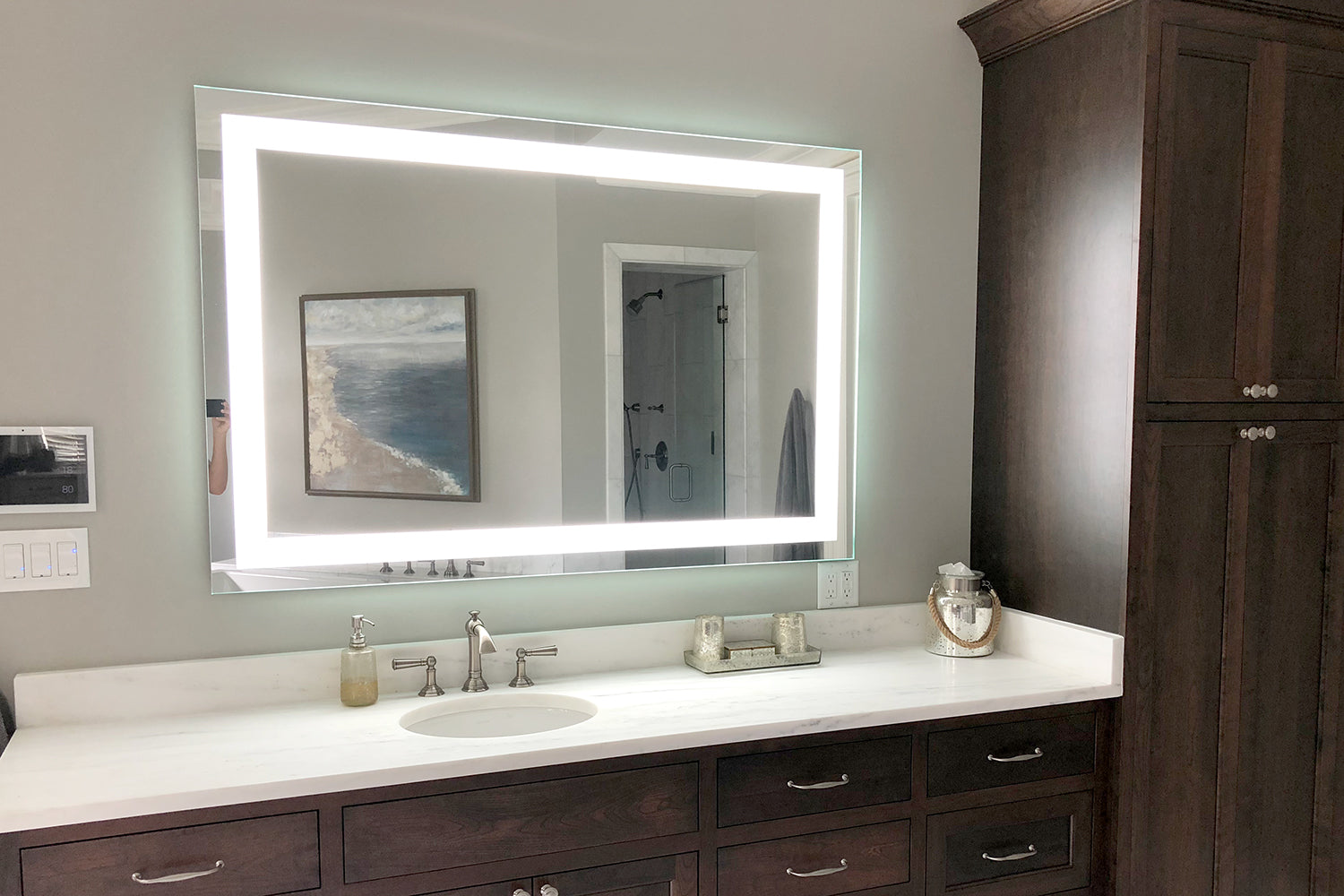When it comes to designing your dining room, one of the most important considerations is the size of the space. A dining room that is too small can feel cramped and uncomfortable, while a dining room that is too large can feel empty and impractical. So what is the ideal minimum size for a dining room? Let's explore some guidelines and recommendations to help you determine the perfect size for your dining room.Minimum size for dining room
According to interior design experts, the minimum size for a dining room is typically 10 feet by 12 feet, or 120 square feet. This allows for enough space to comfortably fit a dining table, chairs, and a buffet or sideboard. However, this is just a general guideline and the actual size needed for your dining room may vary depending on your specific needs and preferences.Minimum dining room size
When determining the size requirements for your dining room, consider the number of people you will be regularly hosting for meals. As a general rule, each person should have at least 24 inches of table space to comfortably dine. So, if you regularly host six people for meals, your dining table should be at least 72 inches long. Keep in mind that this is just a starting point and you may want to add additional space for serving dishes or decorations.Dining room size requirements
If you're working with a small space, you may be wondering what the minimum square footage for a dining room is. As mentioned earlier, the general guideline is 120 square feet. However, if you're tight on space, you may be able to get away with a smaller dining room as long as you prioritize functionality and organization. Consider utilizing multi-functional furniture, such as a dining table that can double as a workspace, to make the most of a small space.Minimum square footage for dining room
In addition to square footage, it's also important to consider the dimensions of your dining room. A rectangular dining room should be at least 10 feet wide to allow for a comfortable flow of traffic around the table. If your dining room is narrower than this, consider opting for a circular or oval-shaped table to maximize the space. You should also make sure there is enough space between the table and other furniture, such as a buffet or sideboard, to allow for comfortable movement.Minimum dimensions for dining room
When designing your dining room, it's helpful to have some general guidelines to follow. In addition to the minimum size recommendations, here are a few other guidelines to consider:Dining room size guidelines
In addition to considering the minimum size for your dining room, you should also think about the overall space in your home. A dining room that is too small in comparison to the rest of your space may feel out of place and unbalanced. Aim for a dining room that is proportional to the other rooms in your home and that fits seamlessly into your overall design aesthetic.Minimum space for dining room
While there are guidelines and recommendations for dining room size, ultimately the best size for your dining room will depend on your personal preferences and needs. If you frequently entertain large groups, you may need a larger dining room to accommodate everyone comfortably. On the other hand, if you primarily dine with a small family, you may be able to get away with a smaller dining room. Consider your lifestyle and how you plan to use the space when determining the size of your dining room.Dining room size recommendations
In addition to the physical size of your dining room, you should also consider the overall area of the space. Your dining room should feel open and inviting, not cramped and cluttered. Avoid over-filling the space with furniture and instead opt for a simple and functional layout. If your dining room is on the smaller side, consider using light colors and mirrors to create the illusion of more space.Minimum area for dining room
While there are no hard and fast rules when it comes to dining room size, it's important to keep in mind some basic standards to ensure that your dining room is functional and comfortable. These standards include having enough space for people to move around comfortably, having enough space for each person at the table, and making sure the dining room is proportionate to the rest of your home. By following these guidelines, you can create a dining room that is both practical and aesthetically pleasing.Dining room size standards
The Importance of Minimum Size for Dining Rooms in House Design

The Role of Dining Rooms in House Design
 When designing a house, there are many factors to consider such as the number of bedrooms, the layout of the kitchen, and the overall aesthetic of the home. However, one often overlooked aspect is the size of the dining room. Many homeowners may think that as long as they have a designated dining area, the size does not matter. However, the truth is that the size of the dining room plays a crucial role in the functionality and overall appeal of a home.
When designing a house, there are many factors to consider such as the number of bedrooms, the layout of the kitchen, and the overall aesthetic of the home. However, one often overlooked aspect is the size of the dining room. Many homeowners may think that as long as they have a designated dining area, the size does not matter. However, the truth is that the size of the dining room plays a crucial role in the functionality and overall appeal of a home.
The Minimum Size for a Dining Room
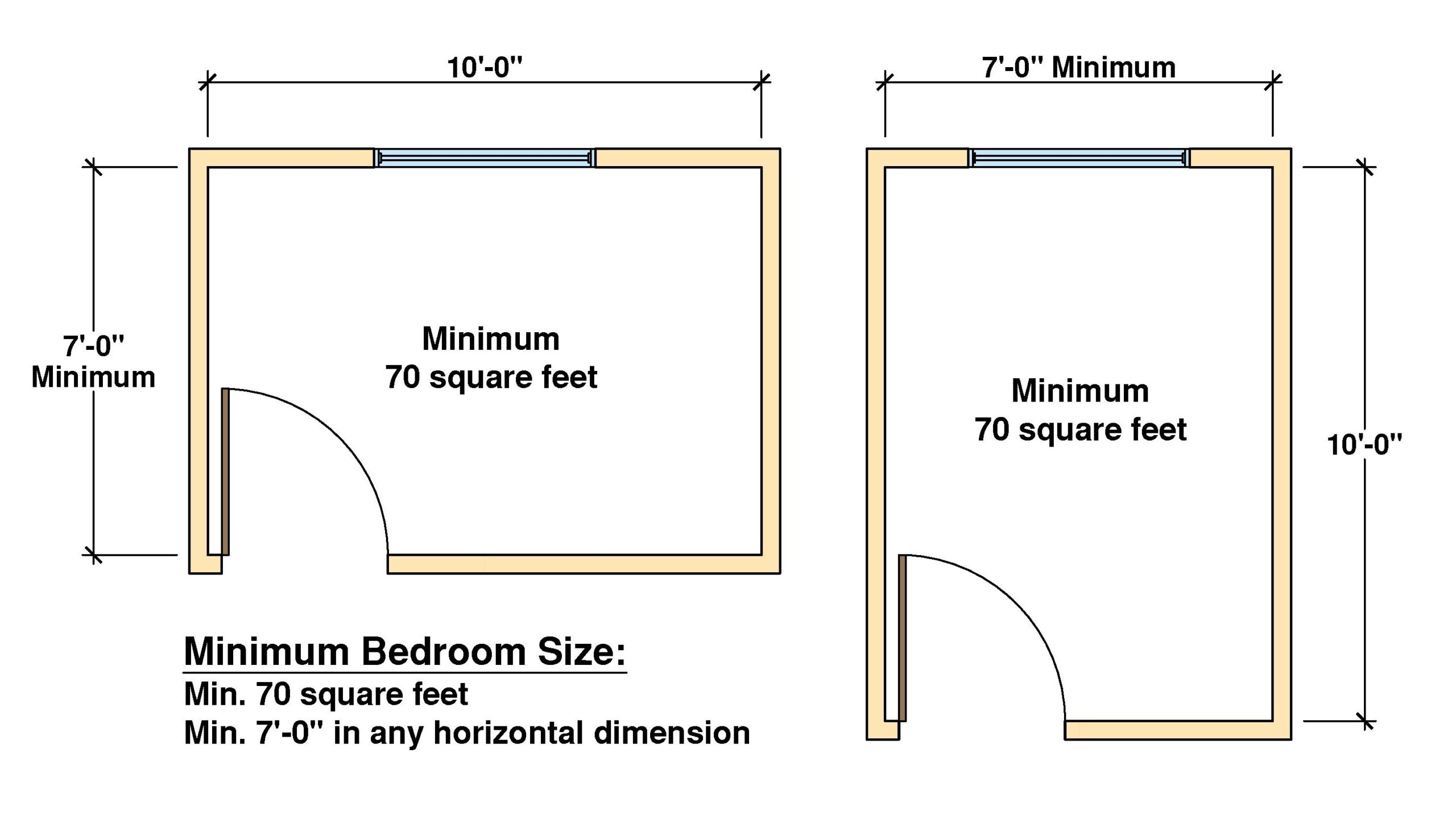 While there is no set rule for the minimum size of a dining room, experts recommend that it should be at least 12 square feet per person. This means that for a family of four, the dining room should be at least 48 square feet. This may seem like a lot of space, but it is necessary for a comfortable and functional dining experience.
Having enough space in the dining room allows for proper circulation and movement, making it easier for people to move around and get in and out of their chairs.
It also allows for ample space to place dishes and serving trays on the table without feeling overcrowded.
Not to mention, a larger dining room also provides more space for decorative elements such as a statement chandelier or wall art.
While there is no set rule for the minimum size of a dining room, experts recommend that it should be at least 12 square feet per person. This means that for a family of four, the dining room should be at least 48 square feet. This may seem like a lot of space, but it is necessary for a comfortable and functional dining experience.
Having enough space in the dining room allows for proper circulation and movement, making it easier for people to move around and get in and out of their chairs.
It also allows for ample space to place dishes and serving trays on the table without feeling overcrowded.
Not to mention, a larger dining room also provides more space for decorative elements such as a statement chandelier or wall art.
The Benefits of a Larger Dining Room
 While the minimum size for a dining room is important to consider, there are also benefits to having a larger dining room.
For one, it allows for more flexibility in terms of furniture placement and room layout.
A larger dining room can also accommodate larger gatherings, making it perfect for hosting dinner parties or family gatherings.
Additionally, a spacious dining room creates a more luxurious and inviting atmosphere, making meals feel like special occasions.
While the minimum size for a dining room is important to consider, there are also benefits to having a larger dining room.
For one, it allows for more flexibility in terms of furniture placement and room layout.
A larger dining room can also accommodate larger gatherings, making it perfect for hosting dinner parties or family gatherings.
Additionally, a spacious dining room creates a more luxurious and inviting atmosphere, making meals feel like special occasions.
Maximizing Space in a Smaller Dining Room
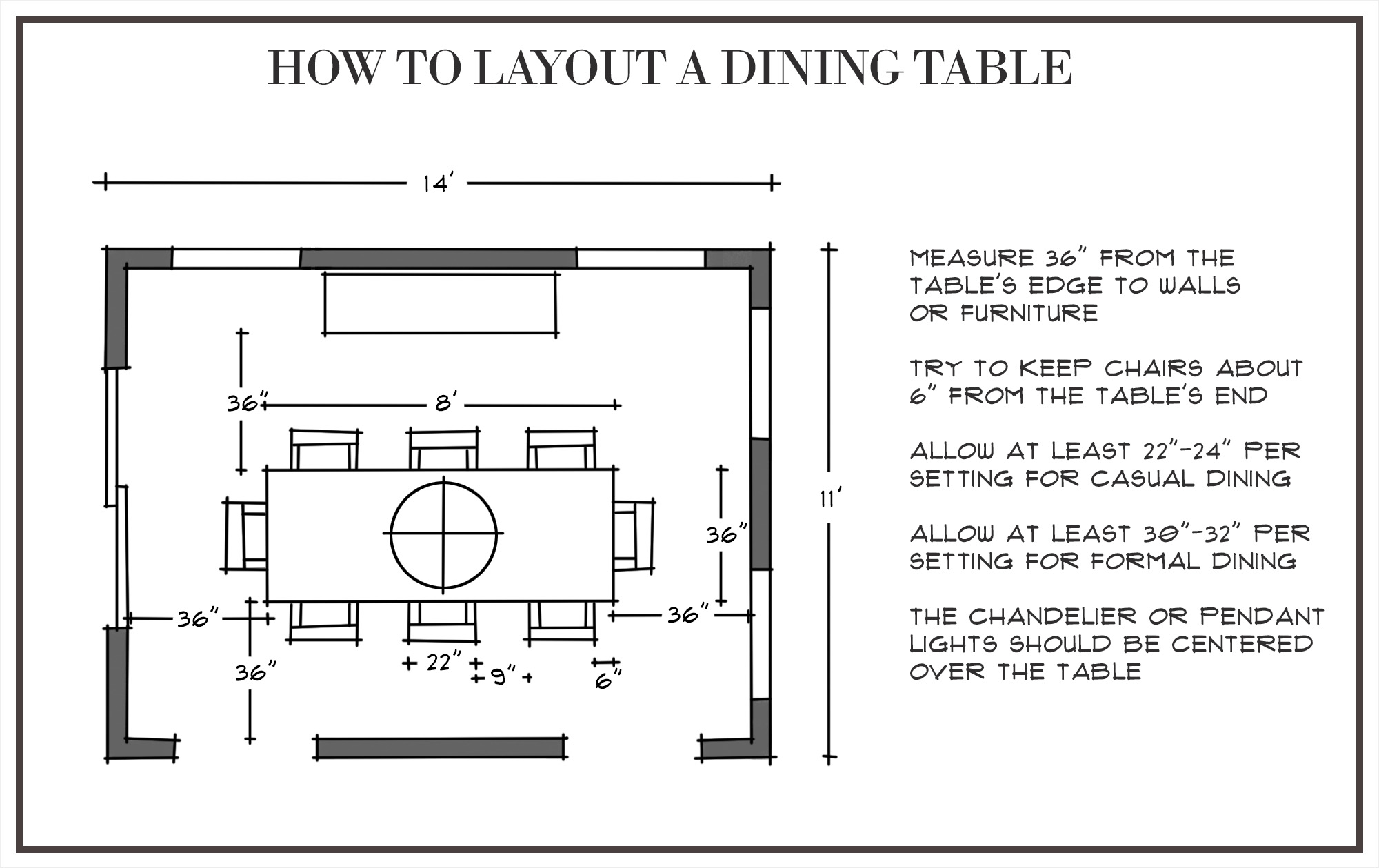 For those with smaller homes, it may not be possible to have a dining room that meets the recommended minimum size. However, there are ways to make the most out of a smaller dining room.
Opting for a round or oval table instead of a rectangular one can help save space and create a more intimate dining experience.
Utilizing foldable or stackable chairs can also help maximize space when not in use.
For those with smaller homes, it may not be possible to have a dining room that meets the recommended minimum size. However, there are ways to make the most out of a smaller dining room.
Opting for a round or oval table instead of a rectangular one can help save space and create a more intimate dining experience.
Utilizing foldable or stackable chairs can also help maximize space when not in use.
In Conclusion
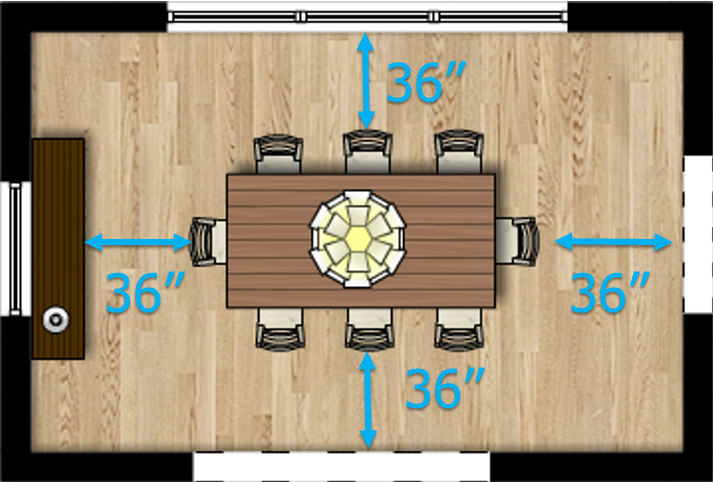 In house design, every room has its own unique purpose and the dining room is no exception.
The minimum size for a dining room is crucial in ensuring functionality, comfort, and aesthetic appeal in a home.
Homeowners should carefully consider the size of their dining room and make the necessary adjustments to create a space that is both practical and visually pleasing. A well-designed dining room can truly elevate the overall look and feel of a home.
In house design, every room has its own unique purpose and the dining room is no exception.
The minimum size for a dining room is crucial in ensuring functionality, comfort, and aesthetic appeal in a home.
Homeowners should carefully consider the size of their dining room and make the necessary adjustments to create a space that is both practical and visually pleasing. A well-designed dining room can truly elevate the overall look and feel of a home.






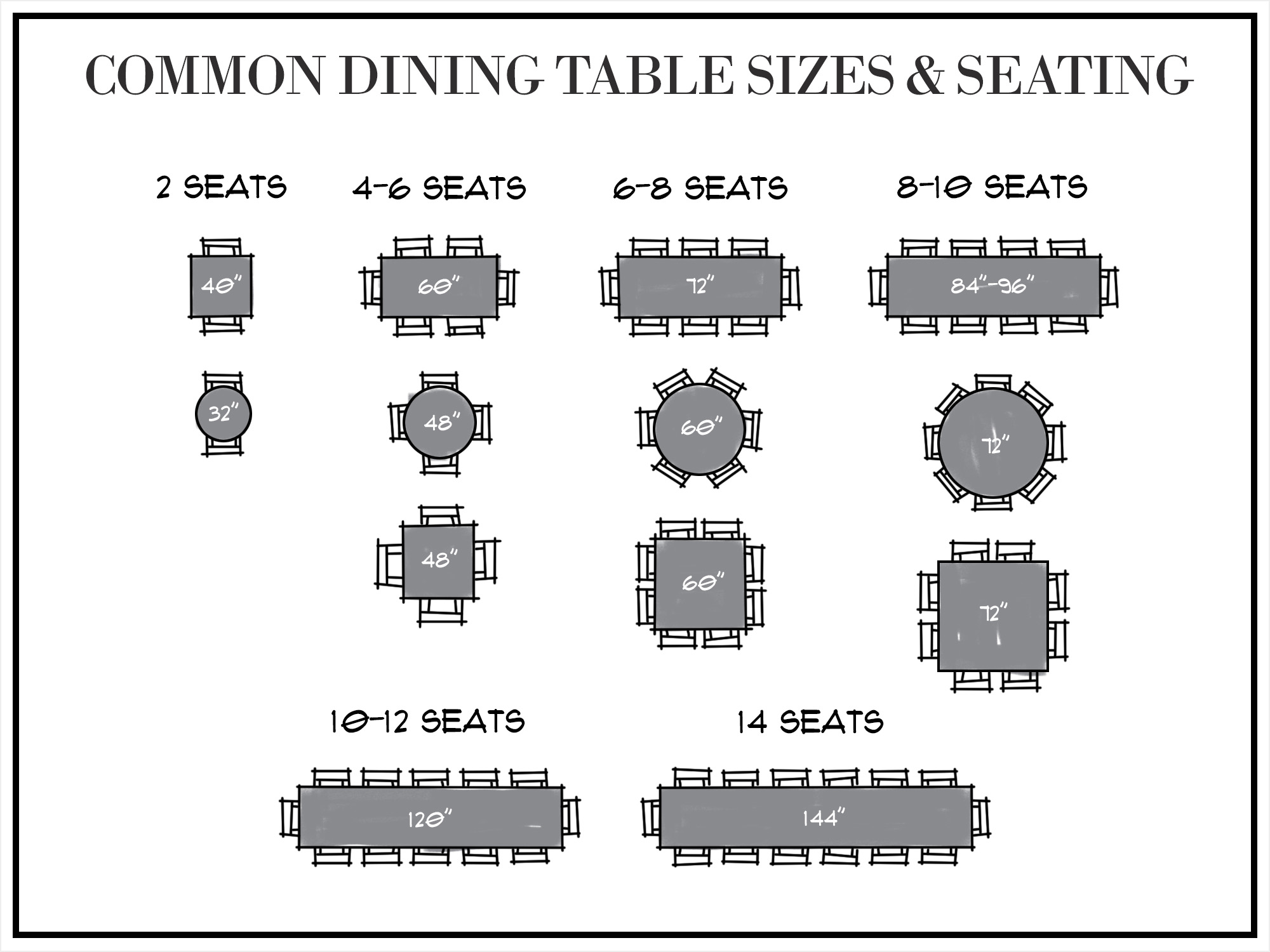









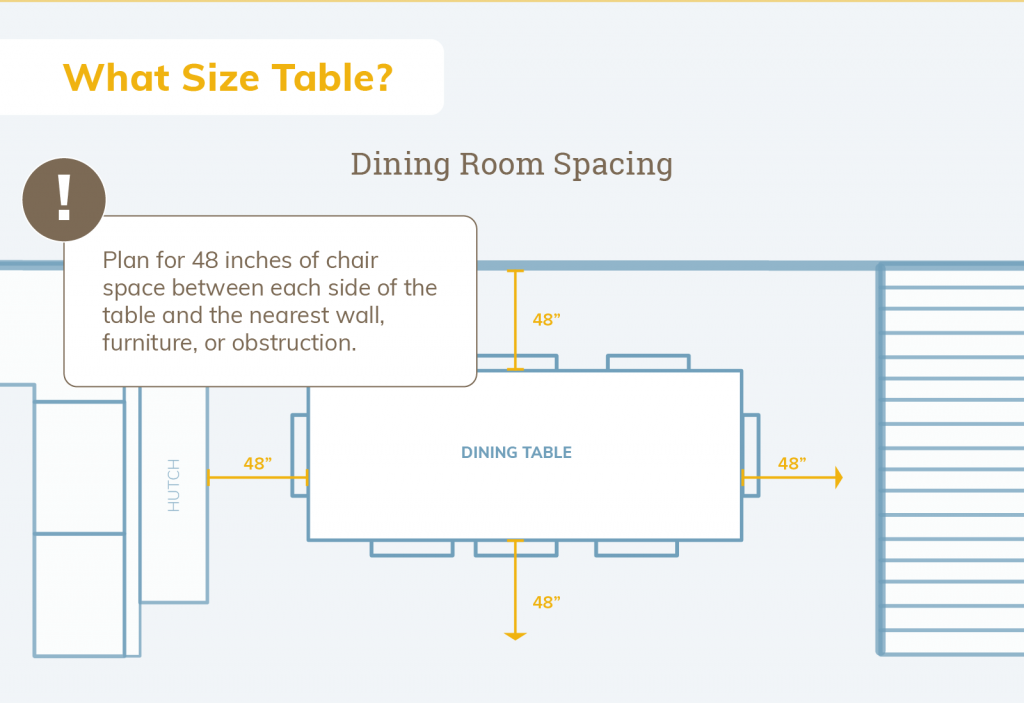
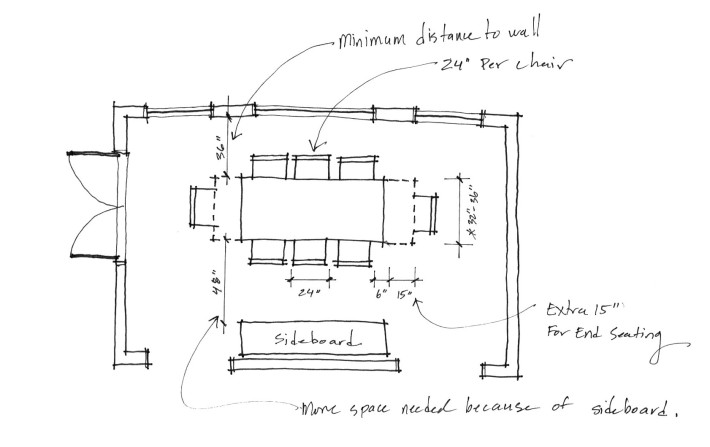






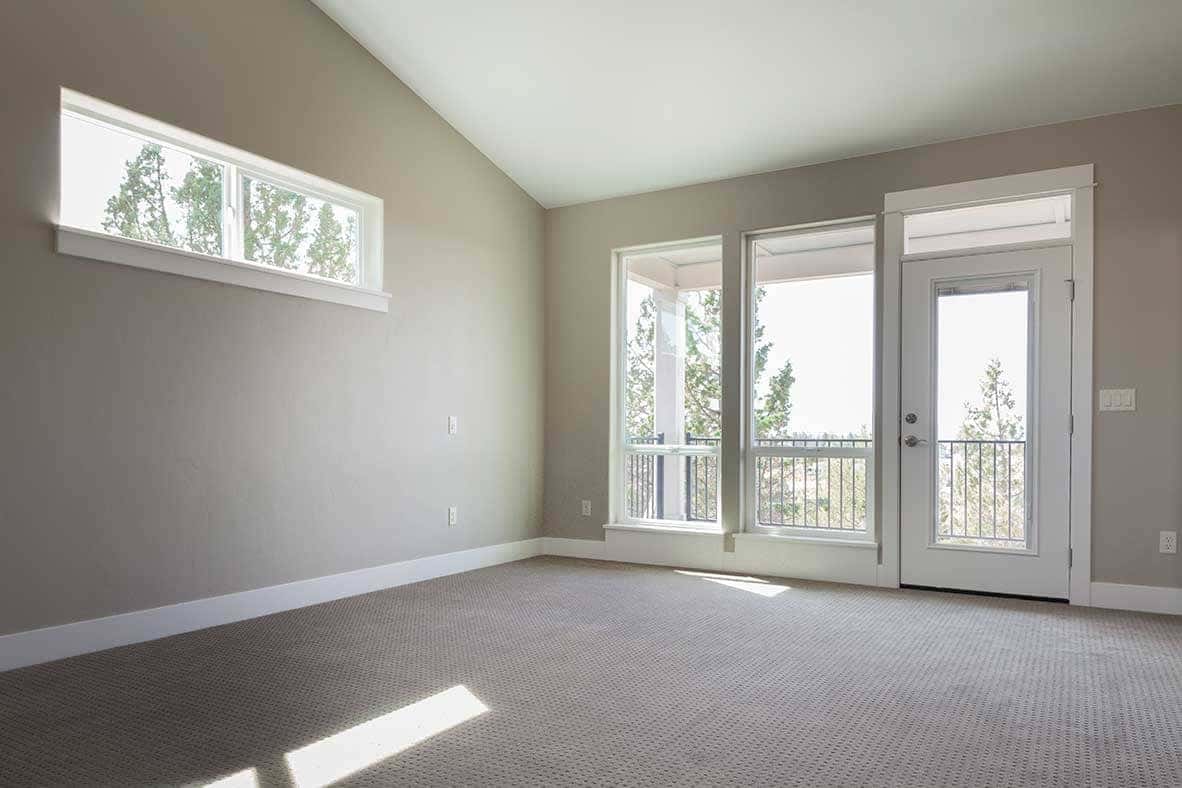


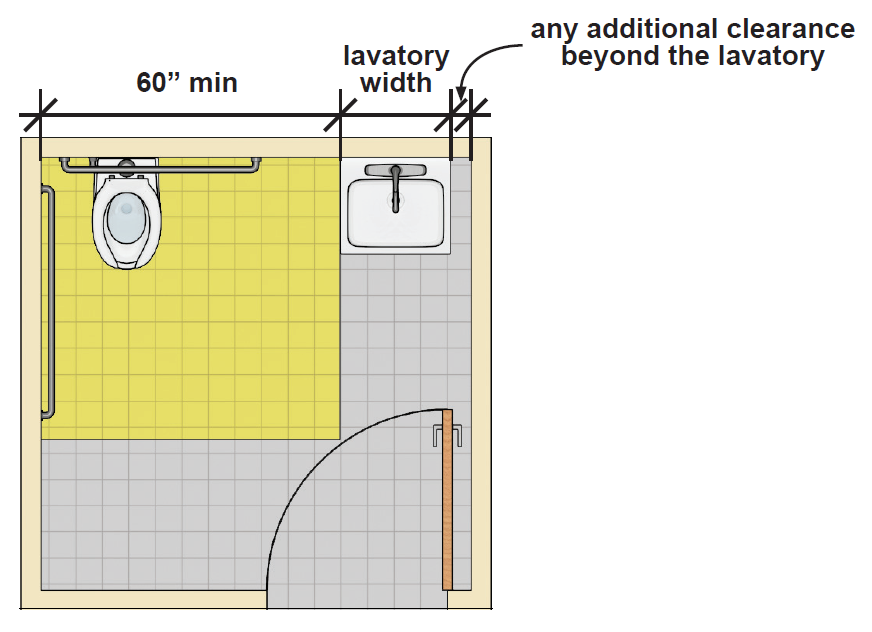
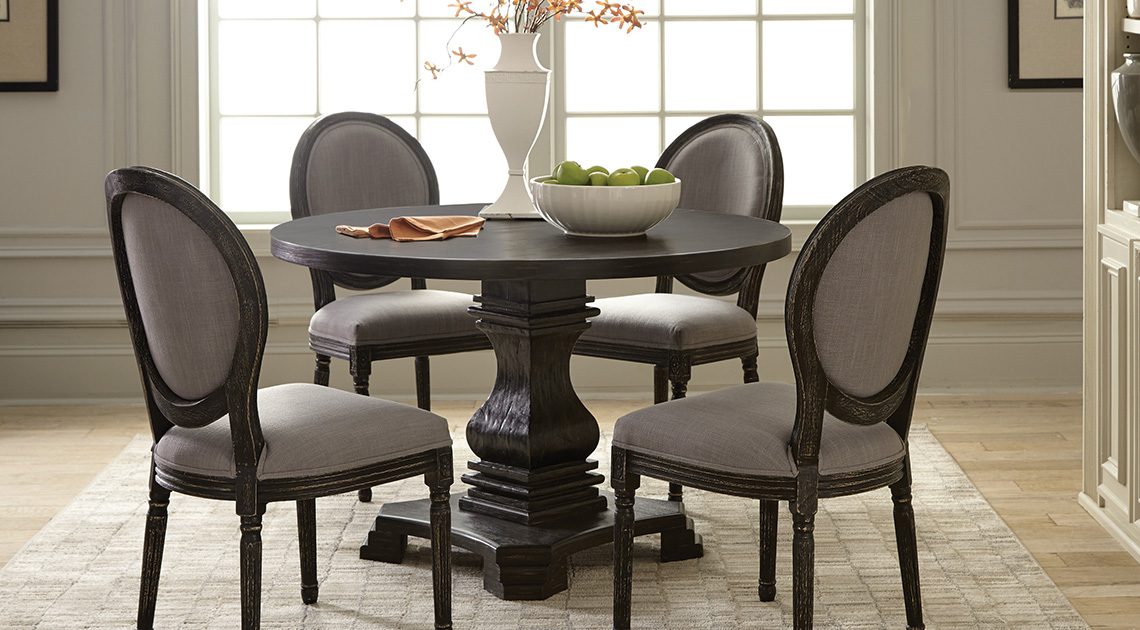












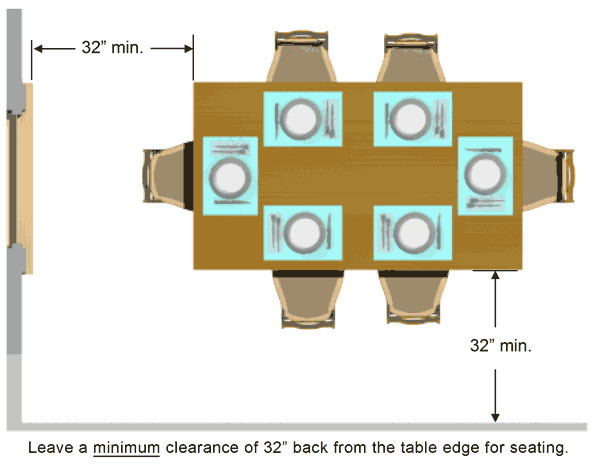


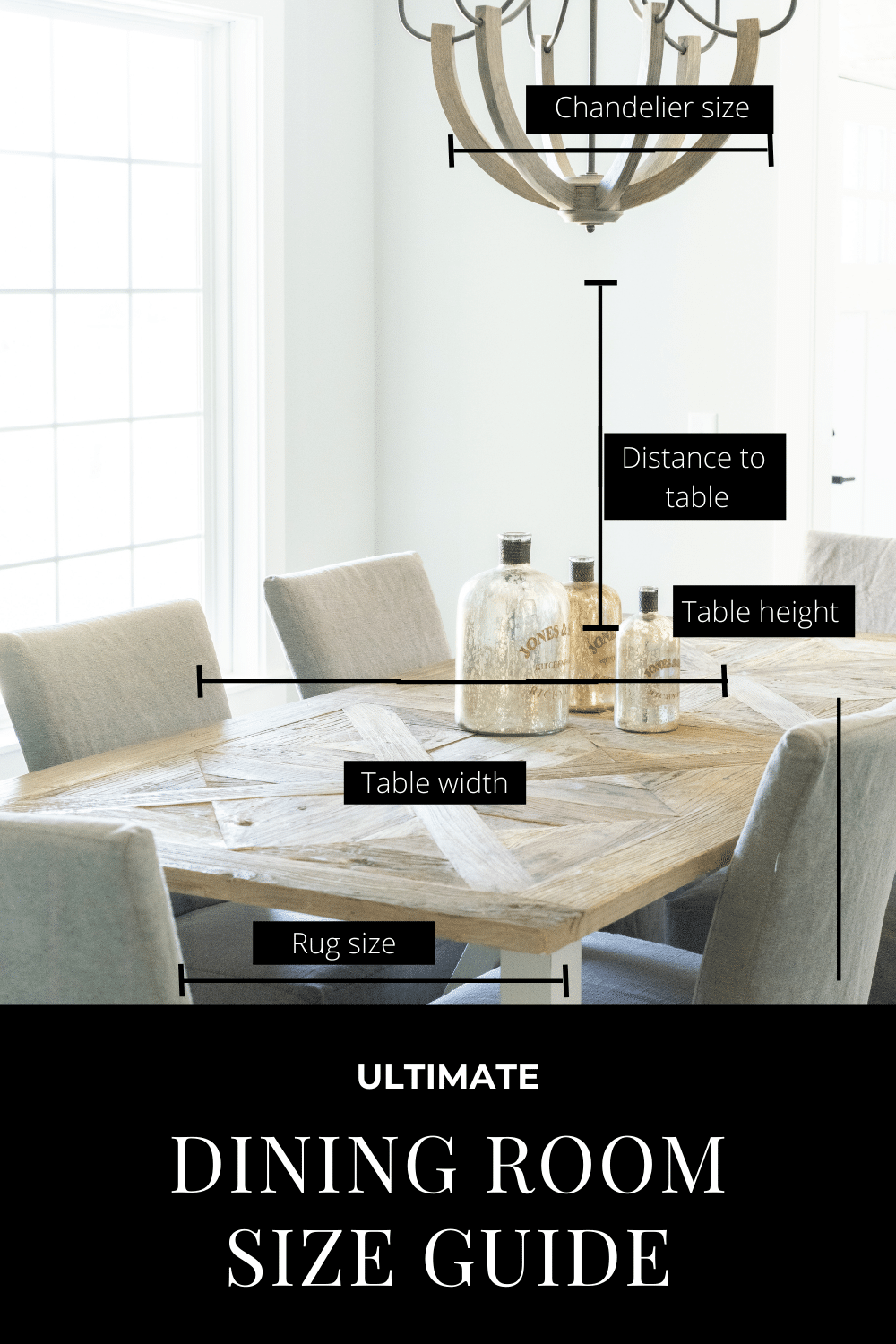
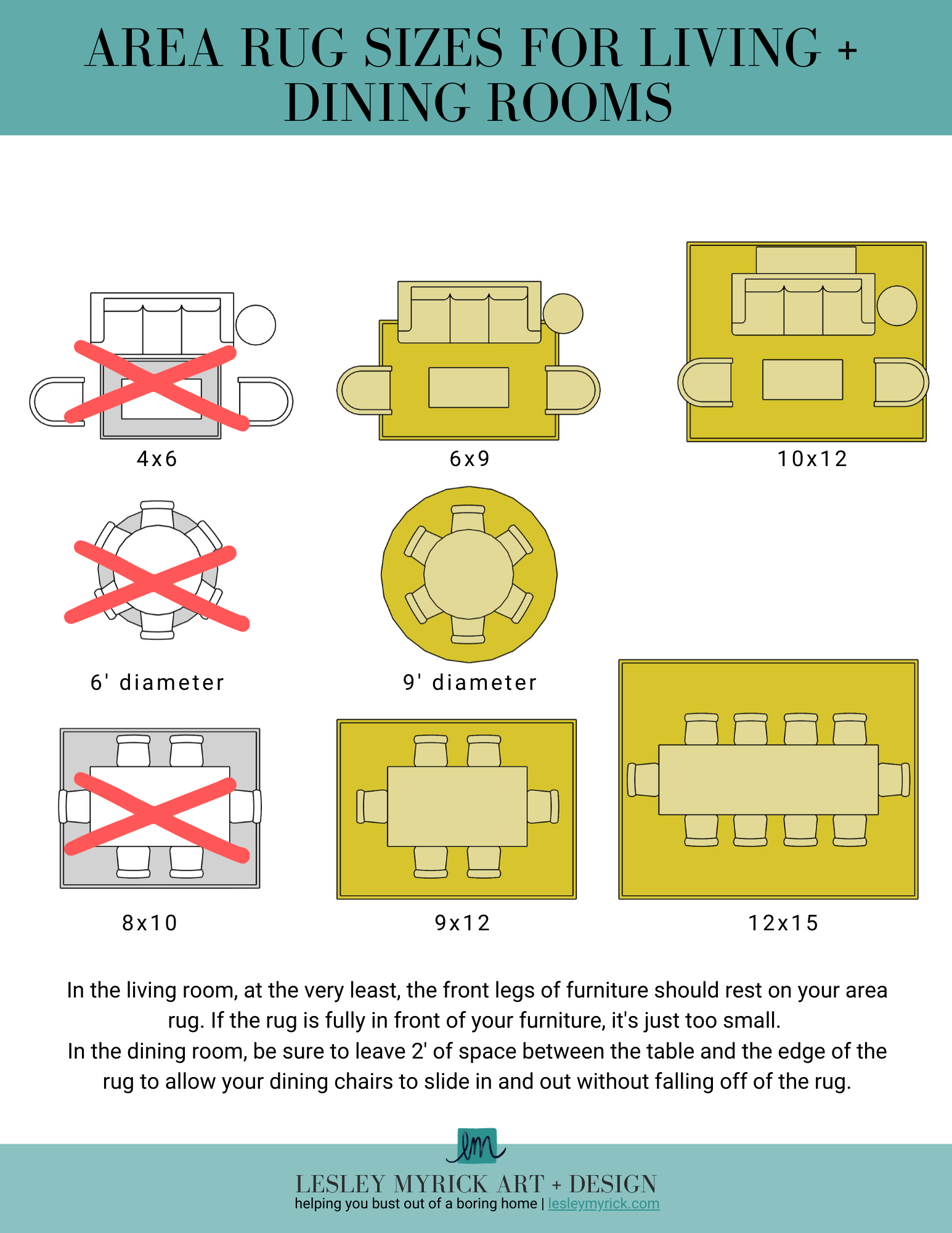






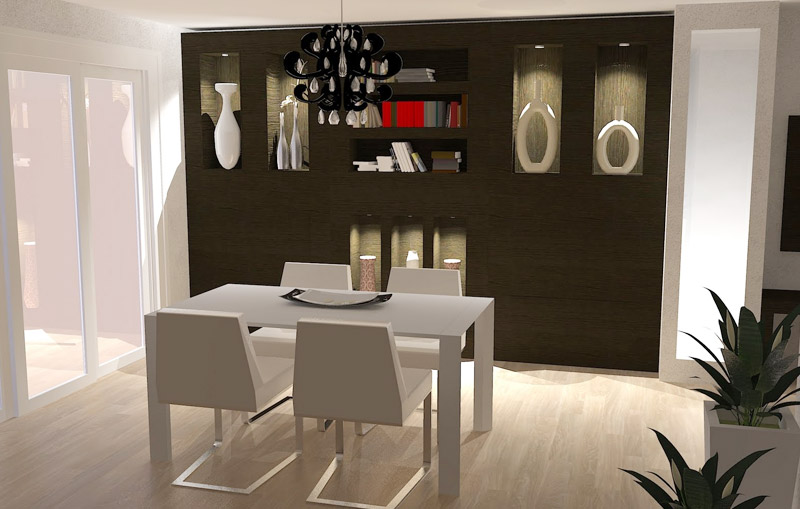

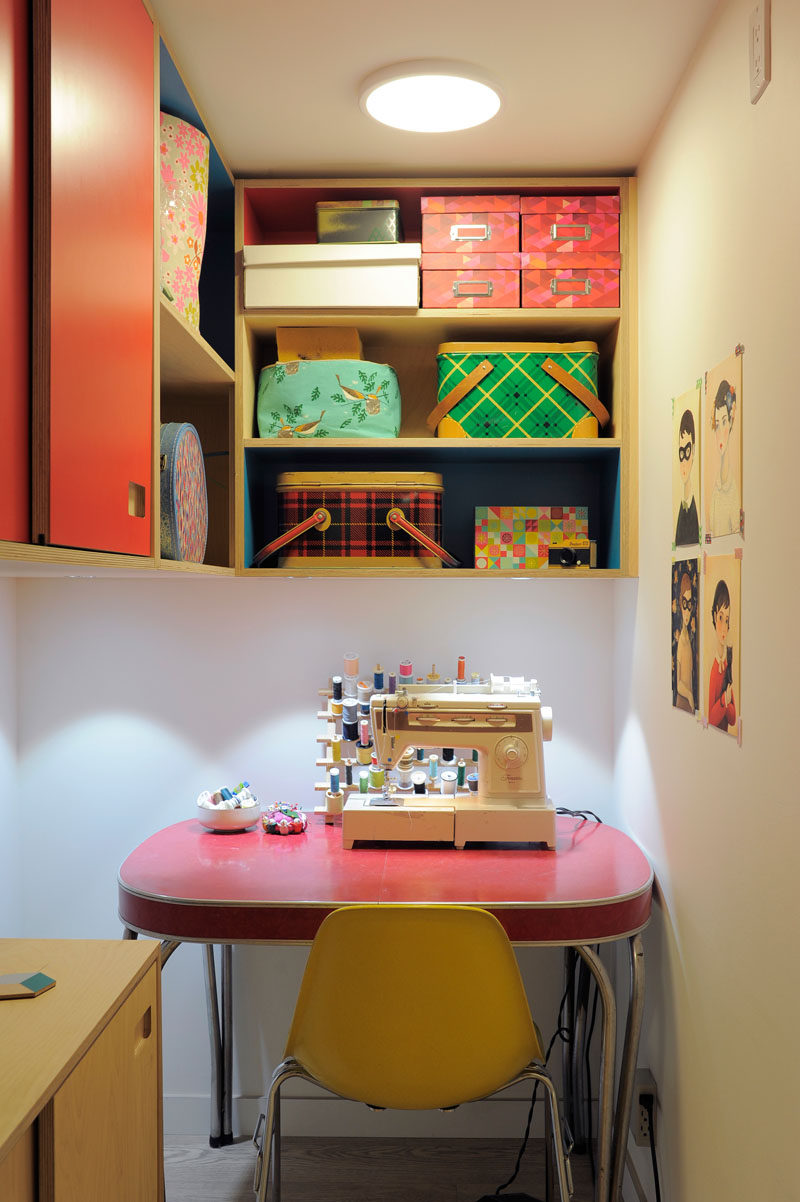


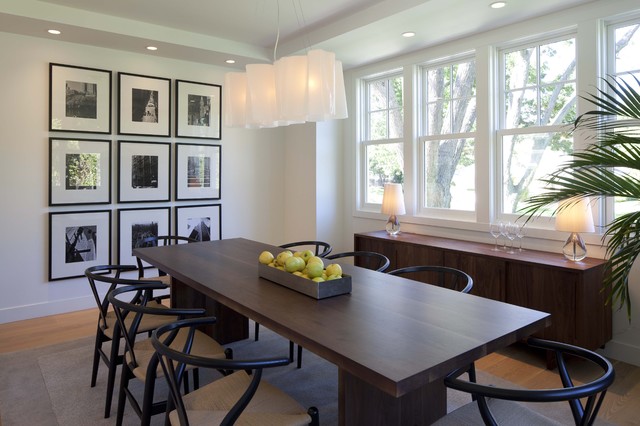




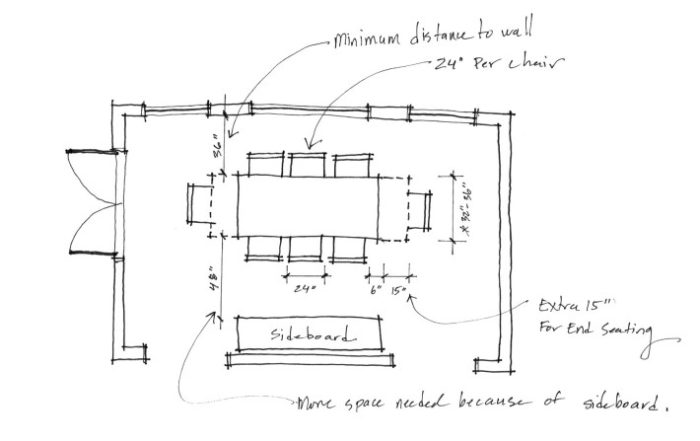
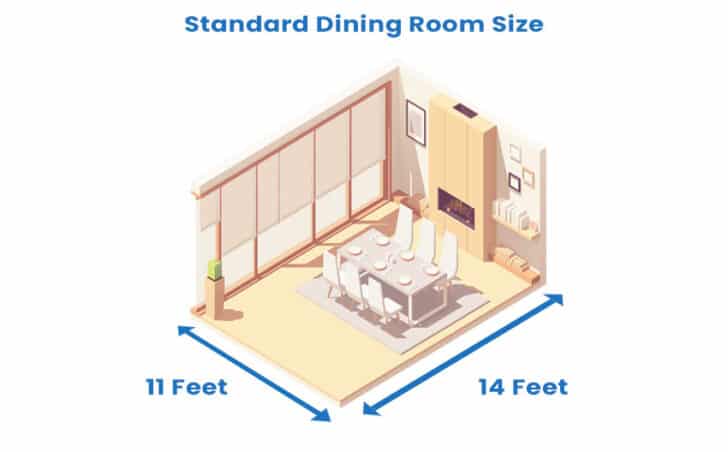





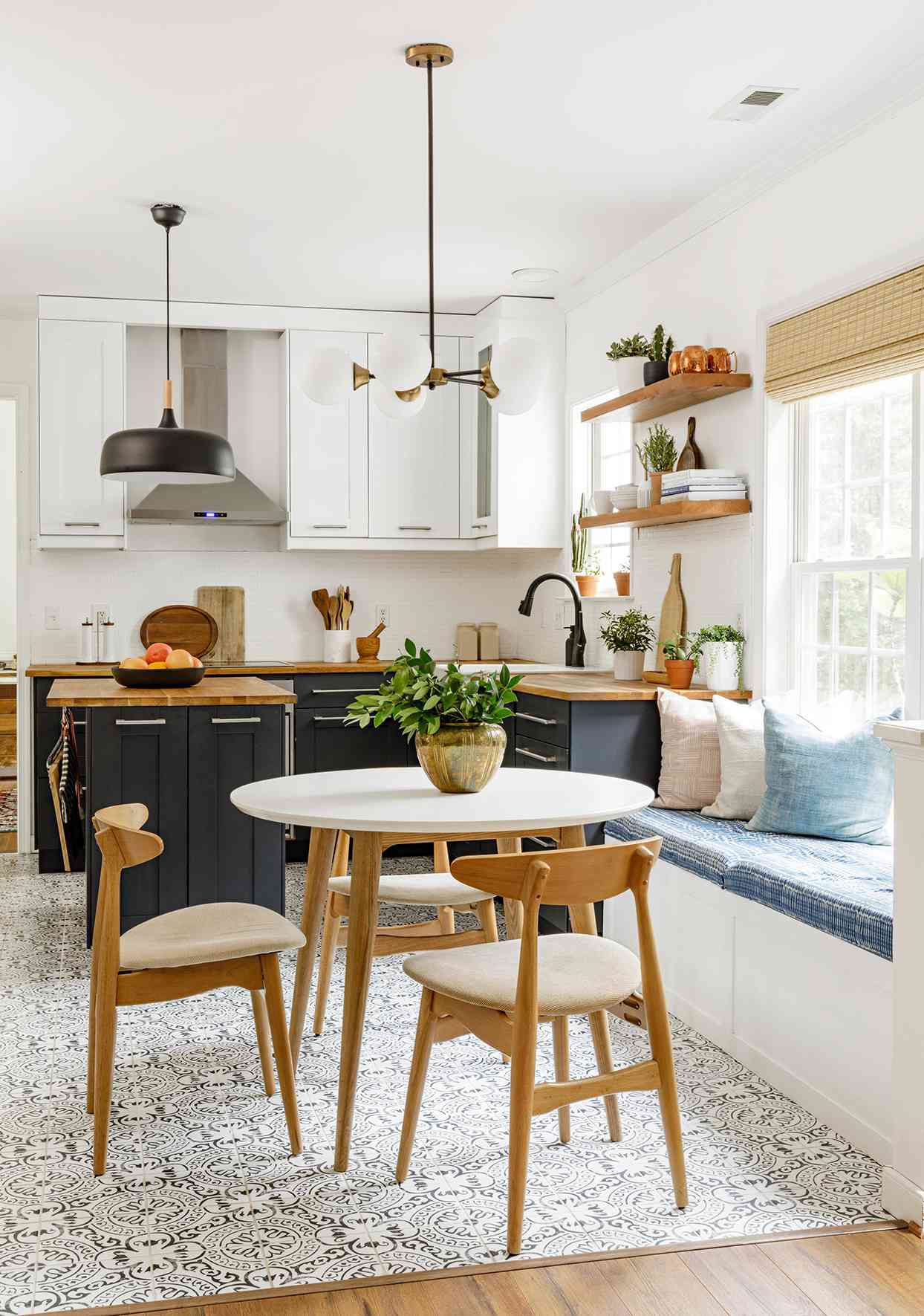
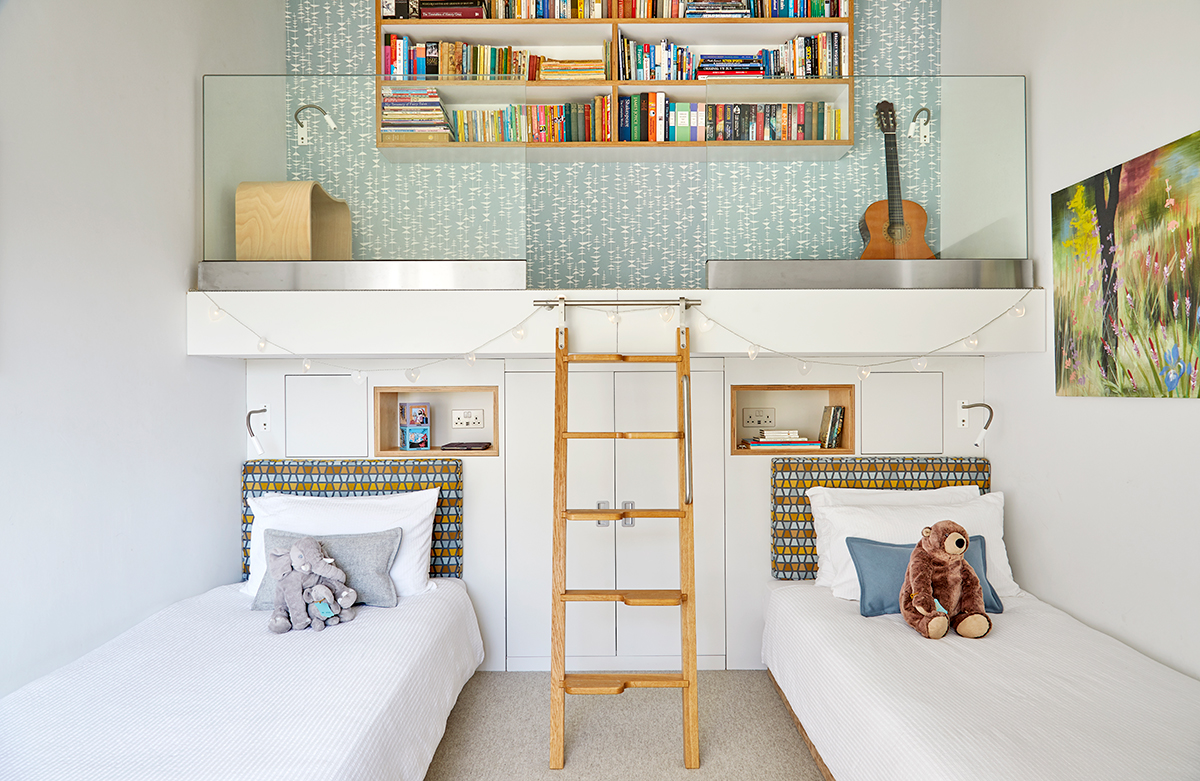




:max_bytes(150000):strip_icc()/standard-measurements-for-dining-table-1391316-FINAL-5bd9c9b84cedfd00266fe387.png)
